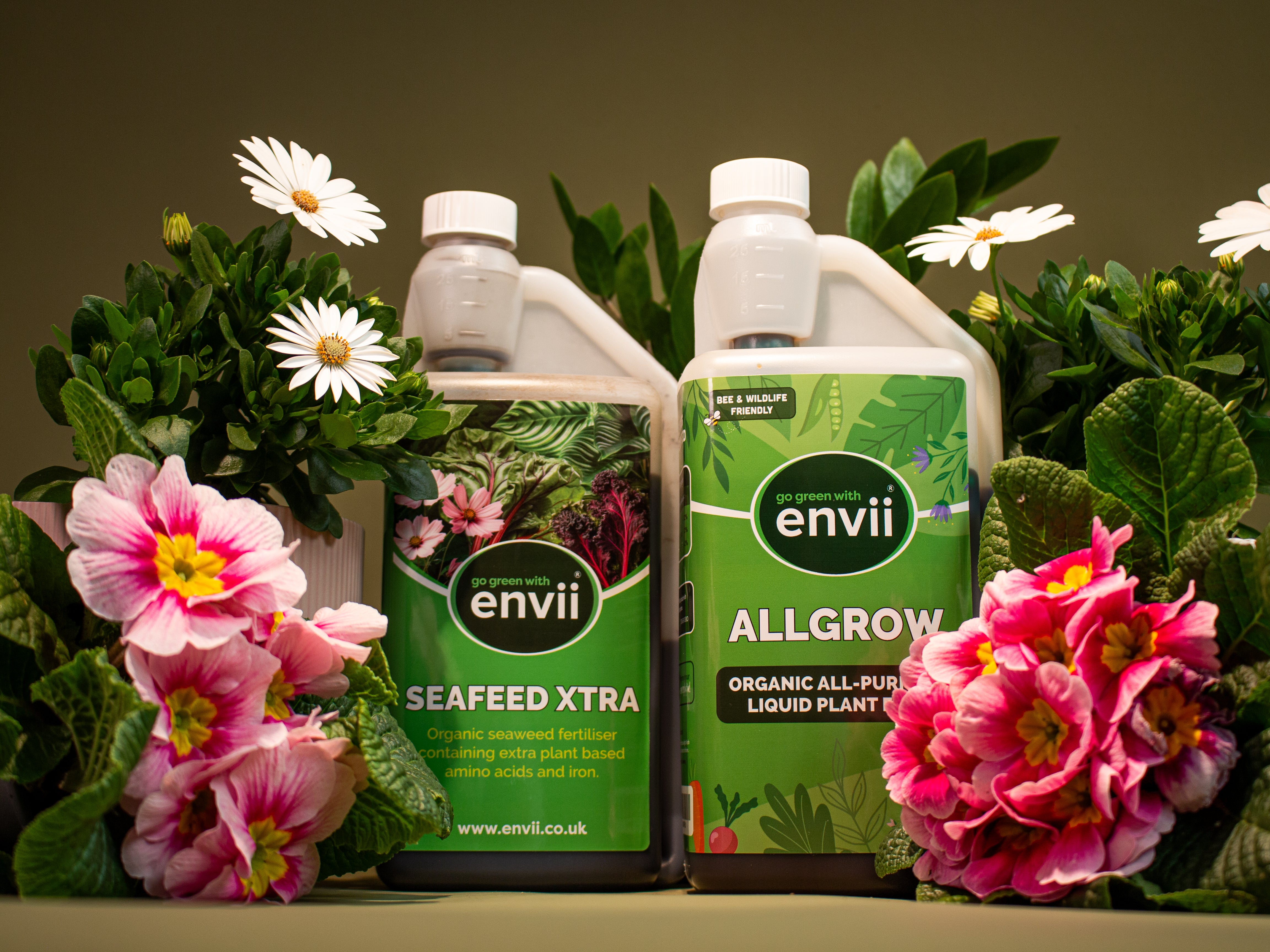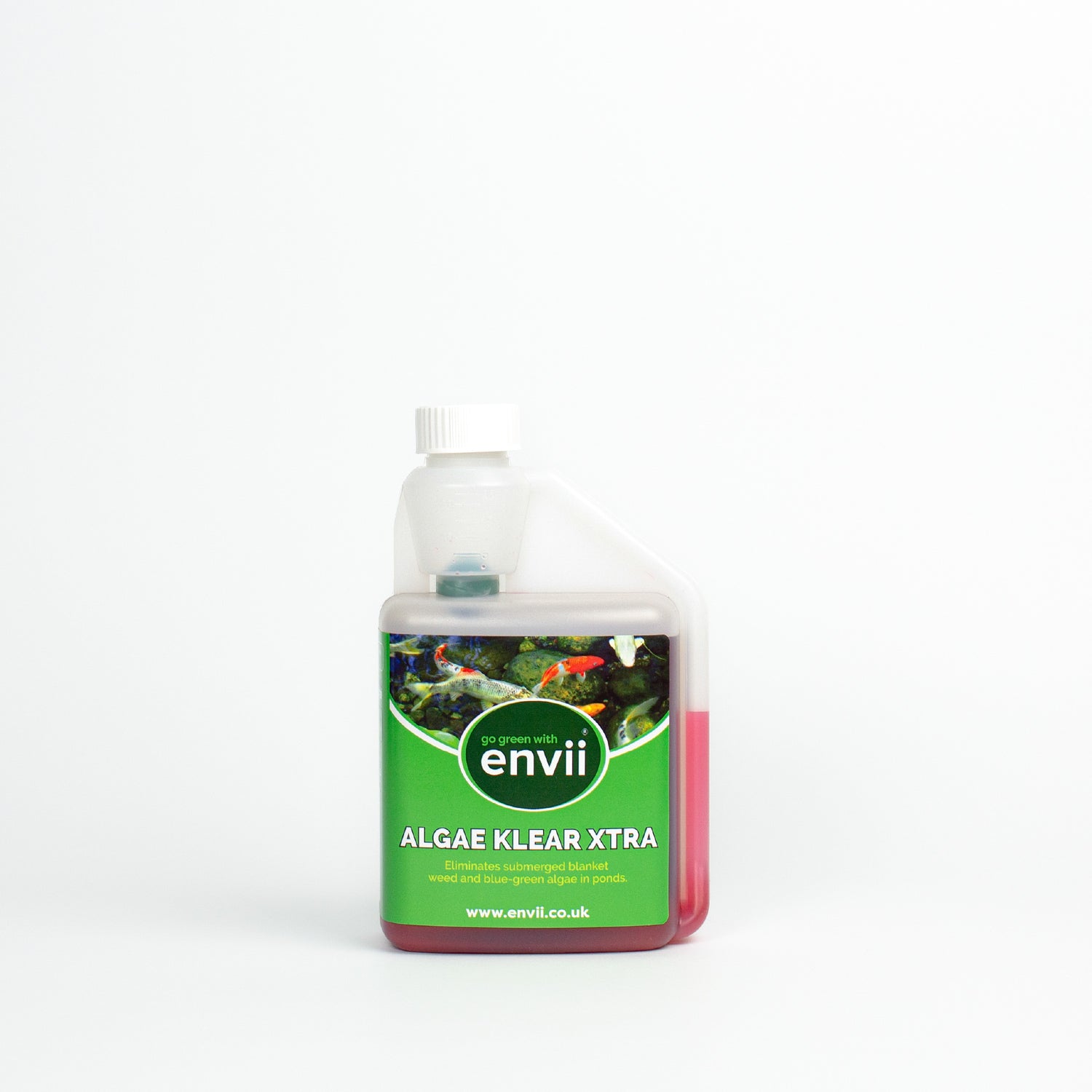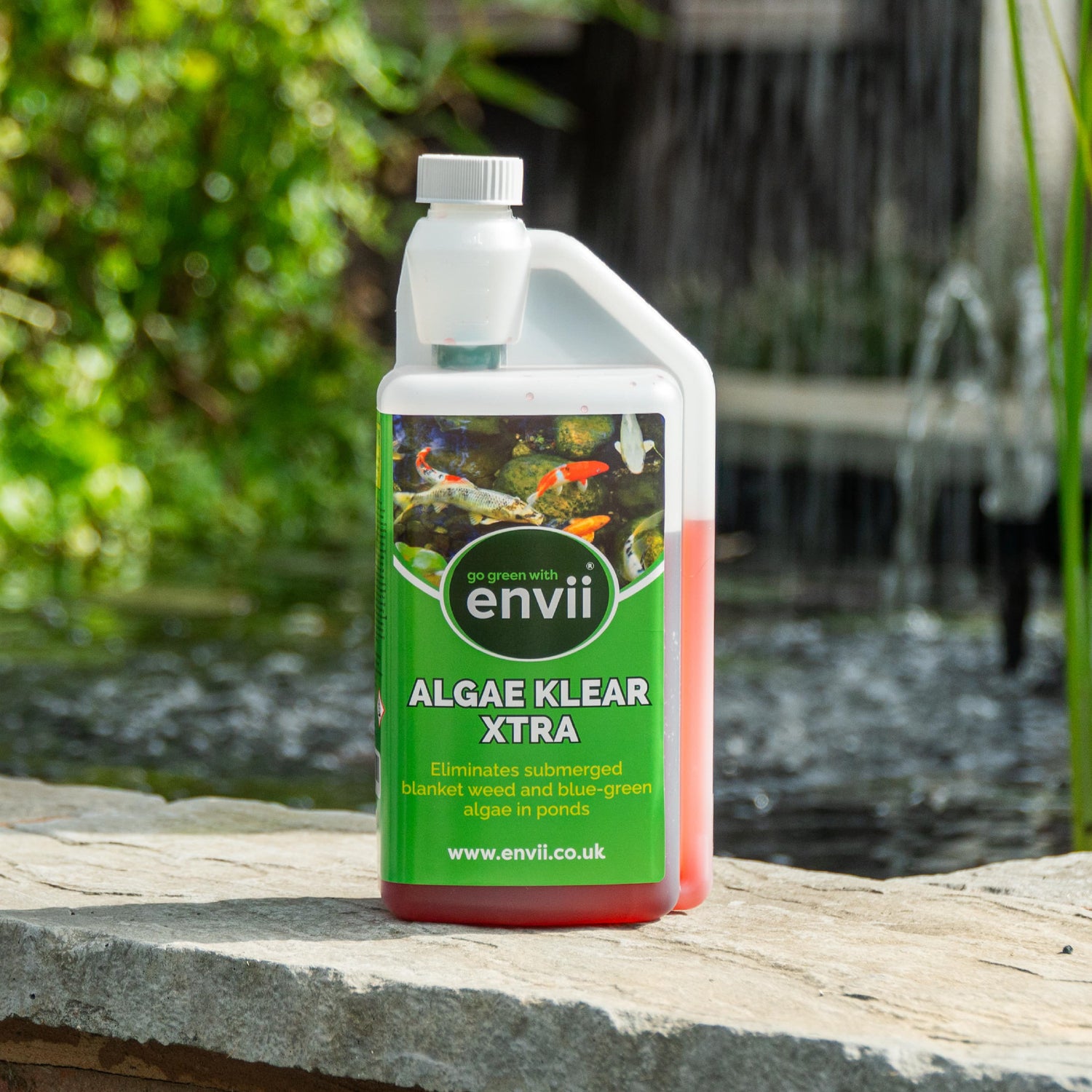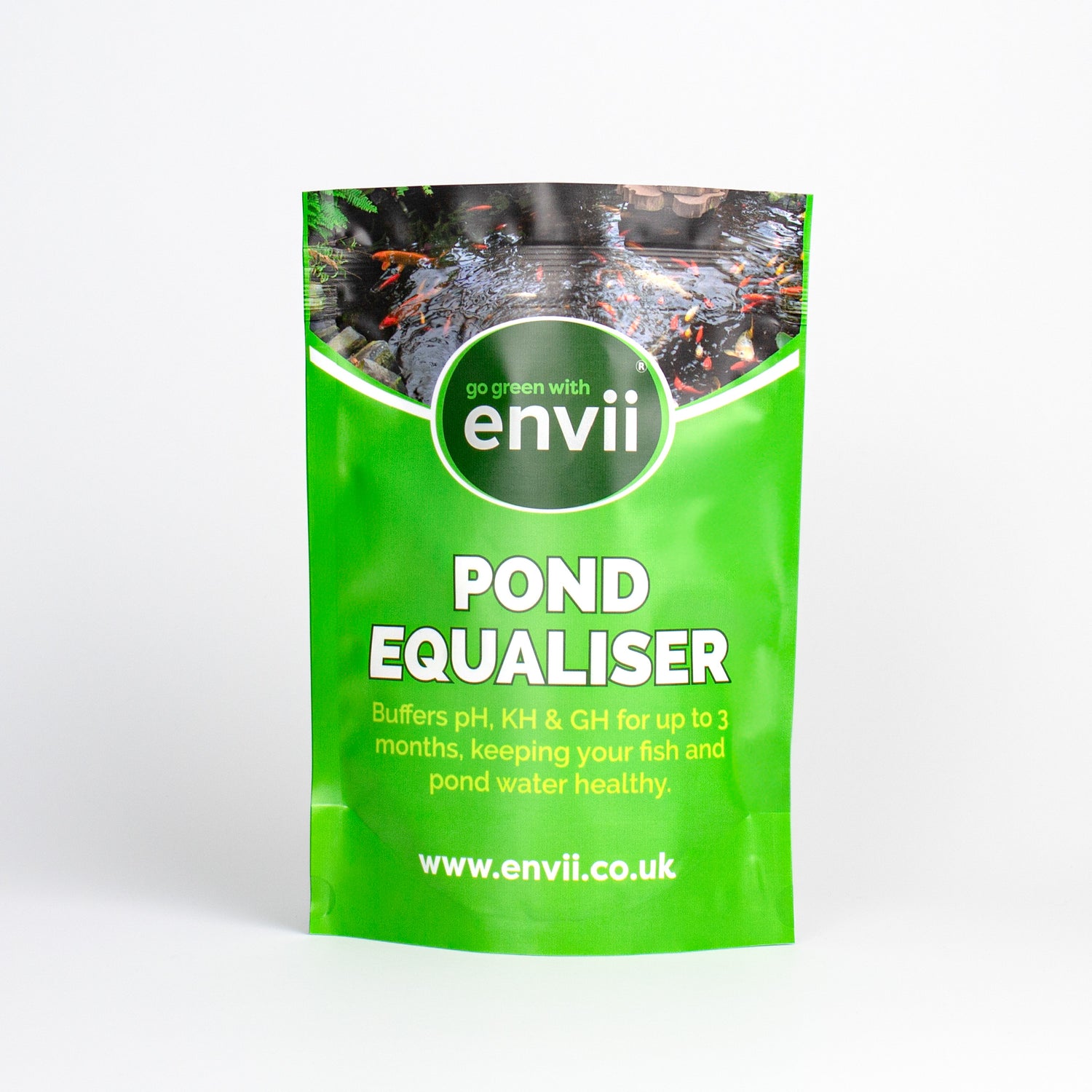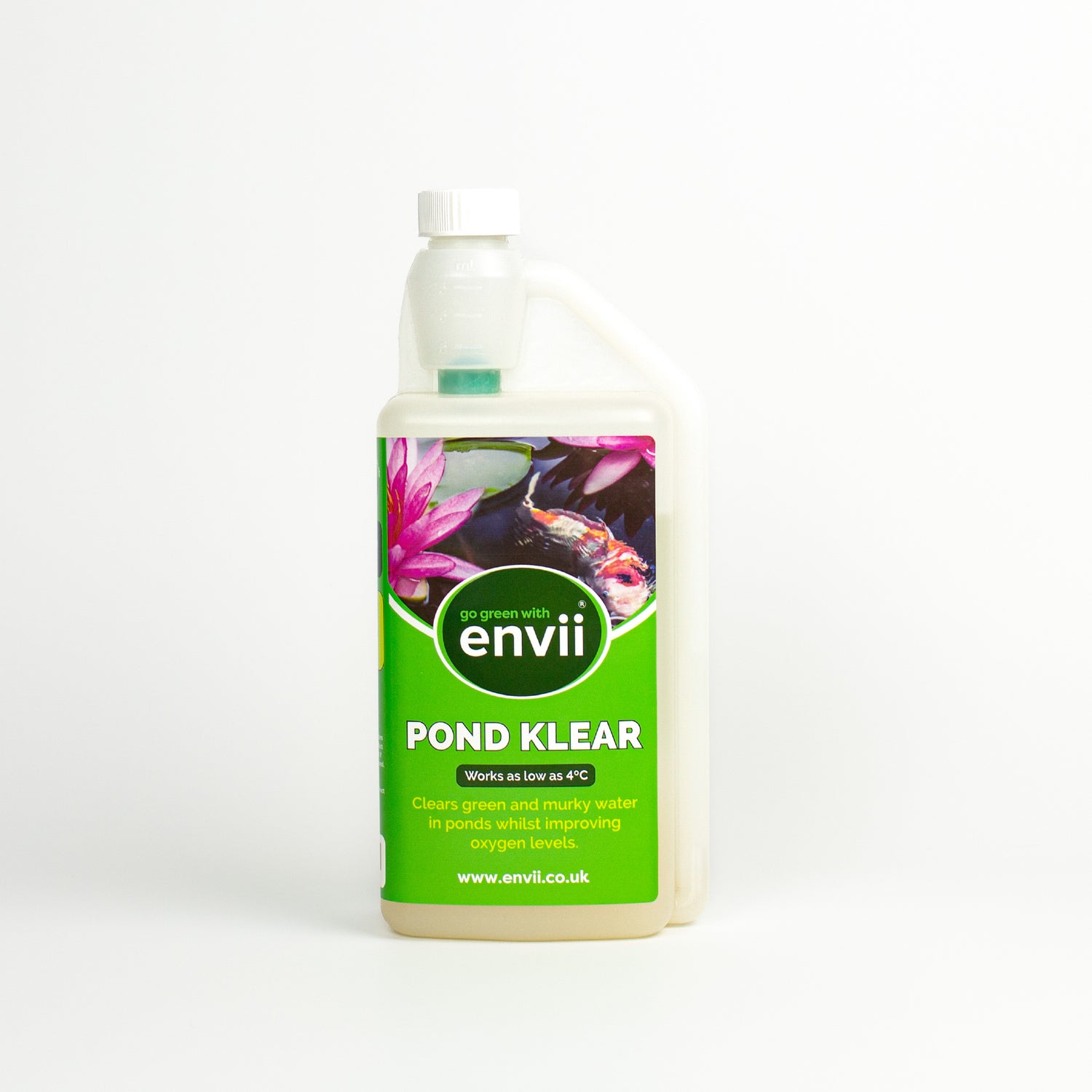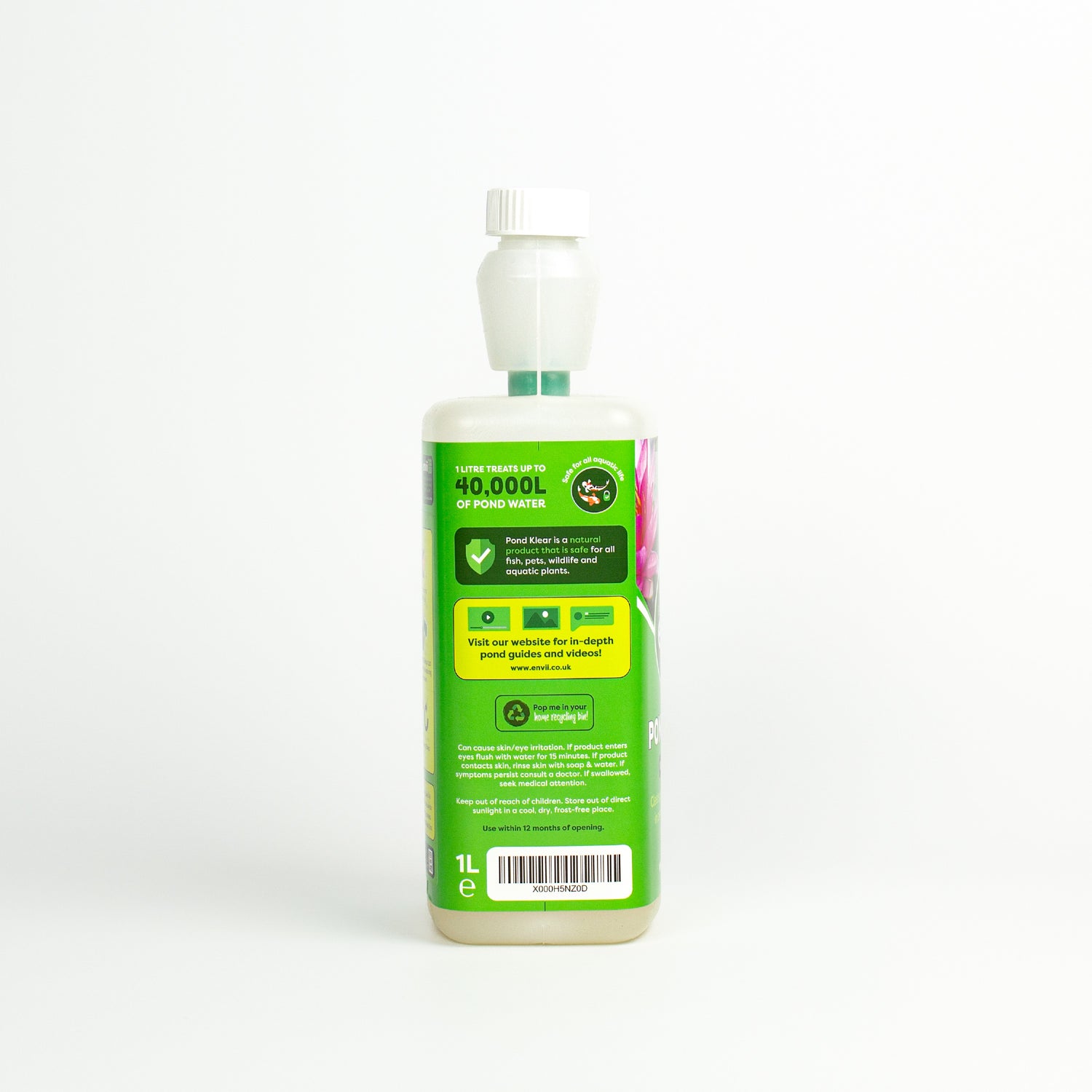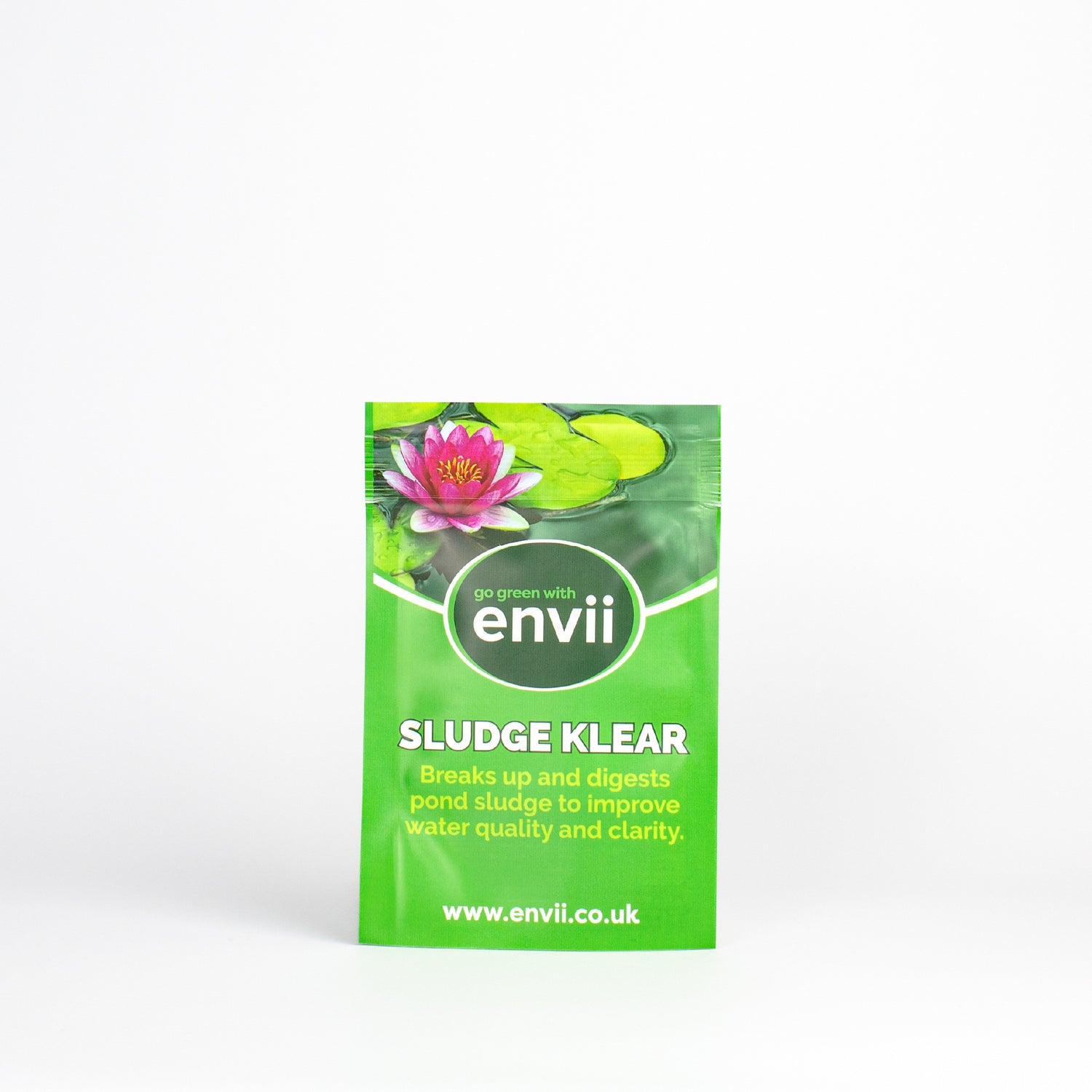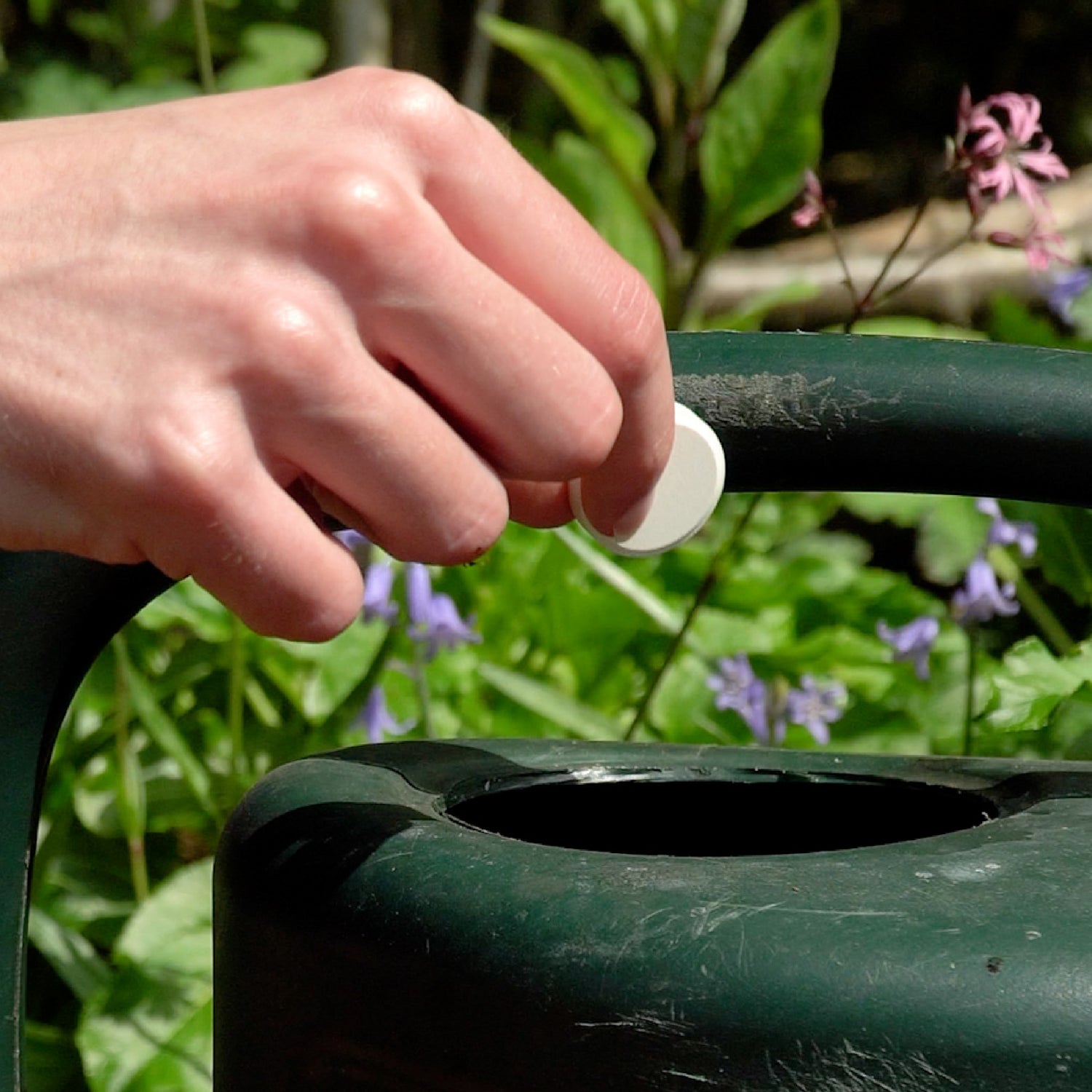Although not visible, pond water parameters are one of the most important factors to stabilise in ponds, as they are so crucial to your pond, it’s important to understand what can cause them to vary.
Pond water parameters very rarely stay the same and can fluctuate throughout the day from different sources of activity. There are various properties in terms of water parameter levels which include Oxygen, pH, kH, Ammonia, and Nitrate levels.
An imbalance in the pH levels drastically affects fish and their body functions leading to diseases and even death. Therefore, it’s important to know the causes of changing levels, so we can try and stop them from having an effect on fishes’ quality of life.
New and Improved Envii Pond Test Strips!
They are back and better than ever! Our best-selling pond test strips now come in improved packaging for better storage and more protection! You can use our test strips to test your pond’s pH, KH, GH, Nitrite, and Nitrates.
Each packet contains 25 test strips allowing you to test weekly for up to 6 months. By checking your pond’s water parameters regularly, you can ensure your pond is safe and healthy.
What are the ideal water parameters for ponds?
✅ pH levels should be around 7.5 – 8.5 pH
✅ KH levels should be kept around 3 – 6 dKH
✅ GH levels should be kept around 3 – 15 DH
If any of the above parameters are outside of these readings, we recommend using Envii Pond Equaliser.
Rainwater’s impact on a pond’s pH
Rain water is quite a large factor in changing the water parameter levels in a pond. In England we’re more likely to get hit by downfalls of rain than we are periods of blistering heat.
Does rainwater affect the pH of my pond?
Inevitably when rain fall occurs (which it does – on average 157 days a year) the high levels of CO2 contained in the rain will considerably alter the acidic pH levels in a pond.
Garden Fertilisers
When catering to the basic garden needs various fertilisers may be used in order to improve the appearance of the lawn and improve growth of plants and crops. Fertilisers used in gardens contain high levels of Nitrates. When rain fall occurs these fertilisers run off from the surrounding areas into the pond water.
Although the least toxic of the three Ammonia, Nitrites and Nitrates, Nitrogen can still have an effect on the pond water parameters. Read our blog on the Dangers of Pond Nitrates to learn more about the Nitrogen Cycle and why it can be harmful.
Are high levels of nitrates bad for my pond?
High levels of nitrates in your pond can lead to a build-up of algae, and be unhealthy for your fish.
Dead Vegetation
Particularly in Autumn months, you are more likely to experience large amounts of dead leaves and dead vegetation falling into your pond. If you’re not out for countless hours of the day trying to rake it out constantly, it’s bound to happen to your pond. Once dead vegetation falls into your pond it creates a vicious cycle that changes the biological system of a pond.
Will dead vegetation affect my pond?
Dead vegetation will start to rot in your pond and create a layer of silt on top. This then falls to the bottom and creates layers of sludge. Once there are high levels of sludge, it compacts and leaves no air in the pond. Once there is no air, anaerobic conditions are created. These anaerobic conditions create poisonous gases, e.g. Hydrogen Sulfide which in turn can kill fish.
Fish Excrement
Fish and Fish Excrement can play a bit part in the alteration of pond water parameters. Too many fish and over-feeding can cause high Nitrogen levels in a pond. Factors like these mentioned contribute to ammonia levels. Through waste produce (dead food or fish waste) the nitrogen cycle starts and this is where nitrates become present.
Can you have too many fish in your pond?
Although fish play a big part in the introduction of nitrates to a pond, it’s out of the question for some pond owners to get rid of all fish. Keeping a reasonable amount of fish relative to the size of the pond should help decrease activity within the nitrogen cycle.
Furthermore, reducing the amount of feeding to the fish will help, adding more aquatic plants will absorb some of the nitrates in the pond and finally, using Nitrate Klear will significantly reduce the levels of nitrates in a pond.
Photosynthesis
Oxygen is an important factor in the quality of water parameters. Photosynthesis can alter these levels throughout the day when aquatic plants or even algae increase their oxygen intake primarily during the middle of the day. Therefore, water parameters are better in the middle of the day when aquatic plants are supplying the pond water with oxygen.
How can I increase oxygen levels in my pond?
Water parameters are worse off in the night/early morning when plants are giving CO2 to the pond water. To help add continuous levels of vital oxygen to a pond, we suggest adding an air stone to the system. You can read more in our how to maintain healthy pond oxygen levels blog post.
Temperature
Although impossible to control, temperature can have an effect on pond water parameters. It affects fish feeding rates and the degree of ammonia in a pond. When a pond's water temperature is higher, it’s harder for it to hold as much oxygen as it is when the water is cooler.
Water parameters may alter a little in warmer months. Just like with photosynthesis, adding an airstone to the pond will help control this variable and add more oxygen to a pond.
Envii Pond Equaliser
As water parameters can vary and alter so easily from all the factors mentioned above, it’s pivotal to treat your pond regularly with a pH buffer and stabiliser. Envii Pond Equaliser instantly stabilises the important water parameters in your pond and buffers the pH, KH and GH for up to 6 months to ensure your fish remain safe. Furthermore, it removes harmful, toxic metals and ammonia from the water.
If you’re unsure of what the ideal pond water parameters are for you pond, read our blog.
Share
